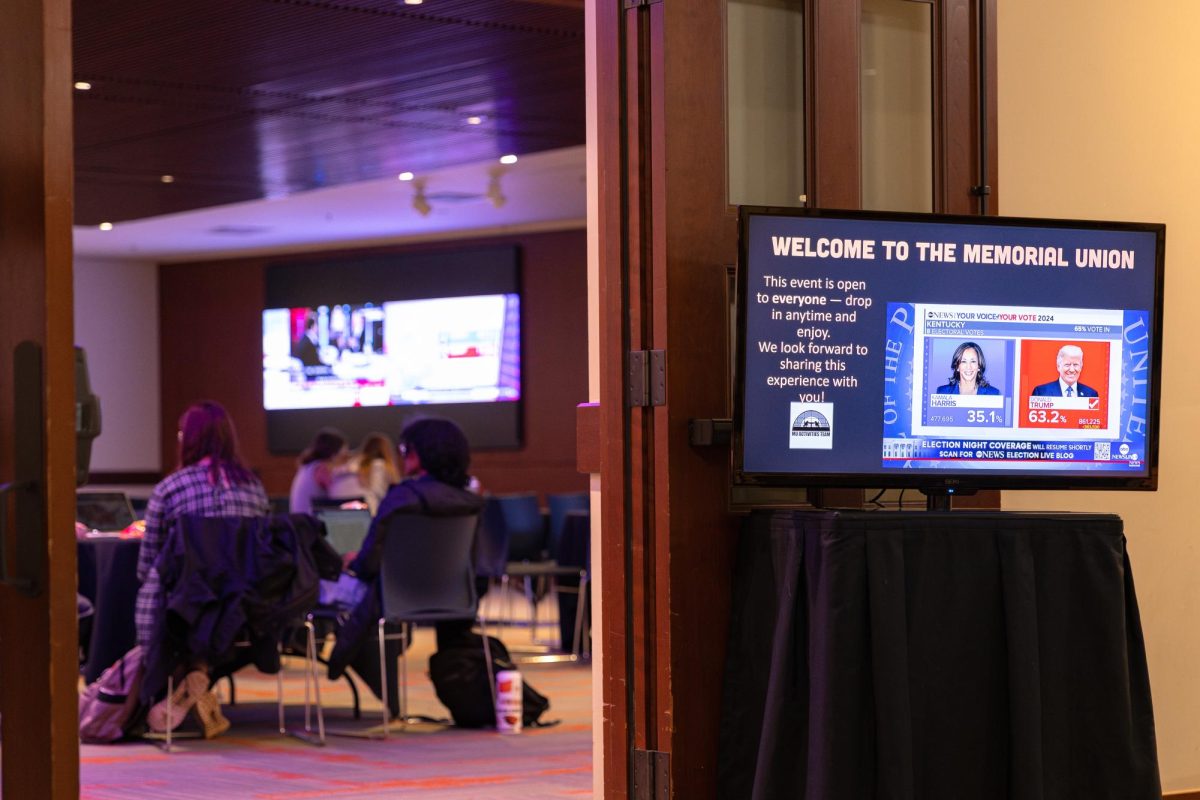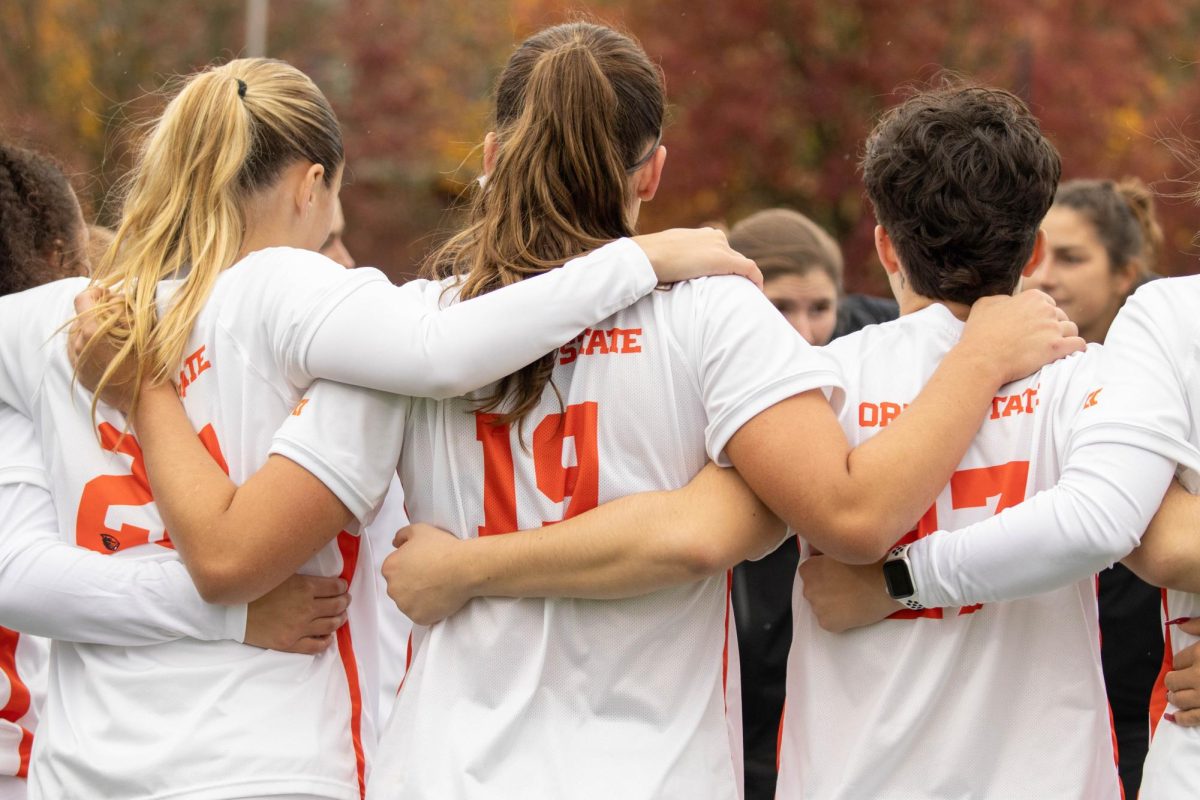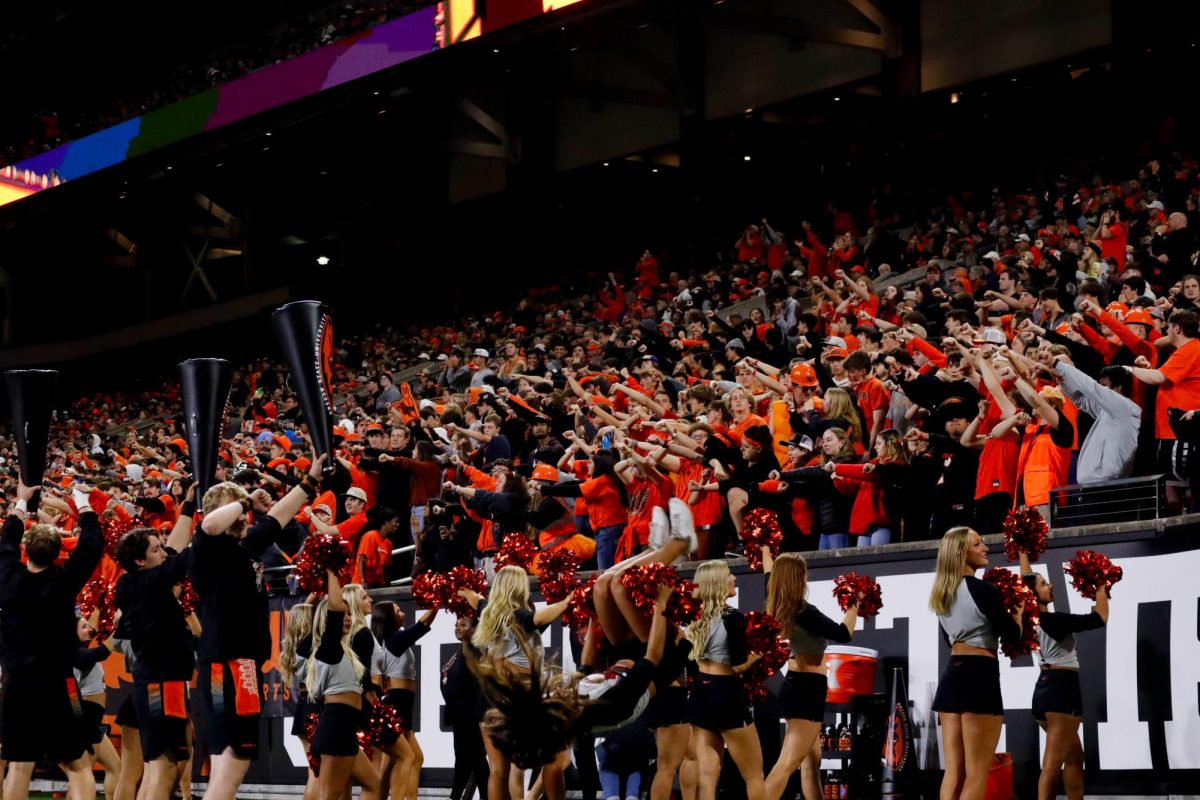Adjusting to living on campus can be difficult, and having a meal plan can be yet another new and confusing adjustment.
While looking at guides online can be a helpful place to start, dining staff and returning students know the ins and outs of eating on campus.
Available food on campus
The Corvallis campus offers “three large dining centers, several restaurant and coffee shop locations and even a campus grocery market, so there is a huge variety of options,” according to Lisa Narrow, associate director of dining at Oregon State University.
All of these options are open to the public, and all accept both credit card and mobile pay, with locations managed by OSU accepting OSU ID for payment as well.
“I think there’s a lot of variety of foods available on campus,” said Emmanuela Russu, a recent OSU graduate who lived in the dorms for three years.
She said there are lots of breakfast and coffee options, as well as build-your-own sandwich or burger options.
Having a meal plan
The benefits to having a meal plan, according to Narrow, is that dining centers make high-quality food from scratch and are very price competitive since a 20% discount is included.
She said the dining centers use quality ingredients since there are no added hormones or antibiotics in the beef patties or deli meats. Diet needs are also accommodated with certain menu items, such as sauces and gravies that don’t include flour, as well as gluten-free soy sauce and sunflower oil across dining.
Zoe Farrell, a fourth-year OSU student, lived on campus her first year and said it was difficult to navigate dining as a vegetarian.
“You can get tired of a lot of things,” Farrell said. However, she said to try new things to switch it up sometimes.
Dining Dollars and Orange Cash
Knowing how Dining Dollars and Orange Cash work can make having a meal plan at OSU easier. According to Narrow, “Orange Cash is pre-deposited money with the
ID center for the benefit of a 10% discount when you use your OSU ID card to pay for in-person dining transactions.”
Orange Cash does not expire as long as a student’s ID is active in the OSU system, according to Narrow.
“Dining Dollars are the form of payment associated with UHDS dining plans which are available only to residence hall residents,” Narrow said.
This form of payment is spendable in most locations managed by UHDS, except those located in the Memorial Union Commons.
However, running out of Dining Dollars is one possibility with a meal plan, so what should be done if this happens?
Narrow said that while dining plans are at set levels, a resident can go up in levels any time through the MyCard page.
Russu said that another option if you can’t add more Dining Dollars is to visit the Basic Needs Center. She said they have the Full Plate Fund, where you can go in person to get more funds placed in your meal plan ac-count if you are in need.
Starship Robots
Starships are robots that deliver food from OSU straight to students anywhere on campus through the Starship app. They can be paid with a credit card or OSU ID, and there is a delivery and service fee on top of the cost of food, according to Narrow.
Fourth-year student, Dylan Chatard, who lived on campus his freshman year, said he didn’t use them much, but did say it wasn’t expensive, although it was time consuming. He said it would be nice to use if you’re not as mobile however, or are very busy.
Advice to students
Overall, on advice to students navigating dining in their first year, Narrow said, “Learn to budget spending based on how many weeks/days you will be on campus.”
She also said it is important to know that any leftover Dining Dollars roll over to the next term and students have a year left to spend it if they are still enrolled at OSU after that year.
Similarly, Chatard said there’s no rush to use it all, and to plan accordingly.
“Try and be a little frugal at the start. Think about how much money you’re spending,” Chatard said.














































































































